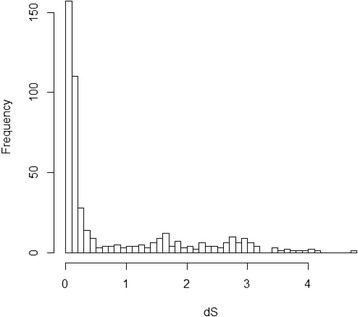
Newsroom
Coelacanth Retrocopies Provide Insights into Evolution of Coelacanth and Water to Land Transition
Coelacanth follows the oldest known living lineage of Sarcopterygii (lobe-finned fish and tetrapods) and evolved into roughly its current form approximately 400 million years ago. It is the closest living species to tetrapods besides lungfish, thus providing a glimpse of the vertebrate evolution of “water to land” transition. During the “water to land” transition, vertebrate may gain new gene for adaptation. One resource to gain new genes is retrocopy. Retrocopy is one kind of gene copy coming from reinsertion of that gene’s mRNA. They have been believed for a long time to be preudogenes lacking regulatory elements, but recently studies revealed some retrocopies have turned into functional “retrogene” by hitchhiking adjacent genes’ regulatory elements.
Recently a research group led by Prof. HE Shunping from Institute of Hydrobiology, Chinese Academy of Sciences (IHB) identified 472 retrocopies in the genome of African coelacanth. These retrocopies revealed an age distribution that is similar to that in tetrapods’ retrocopies, rather than ray-finned fish, indicating a genomic transformation that accompanied vertebrate evolution from water to land.
Among the 472 retrocopies, 85-355 were shown to be potential functional “retrogenes”. In addition, these retrogenes are more prevalent in old than young retrocopies, implying that most retrocopies may have been eliminated during evolution, even though some retrocopies survived, attained biological function as retrogenes, and became old. At last, this study identified 23 retrocopy-related genes that have lost in tetrapods, which are potentially related to the vertebrate evolution from water to land.
In summary, this study revealed novel insight about the potential role of genomic retrocopies in coelacanth evolution and vertebrate adaptations during the evolutionary transition from water to land. This work was funded by the Pilot Projects. The result was published online in BMC Genomics with the title of “Evolutionary fate and implications of retrocopies in the African coelacanth genome”.
 |
| The dS distribution of the 472 retrocopies in the genome of the African coelacanth (Figure by IHB) |